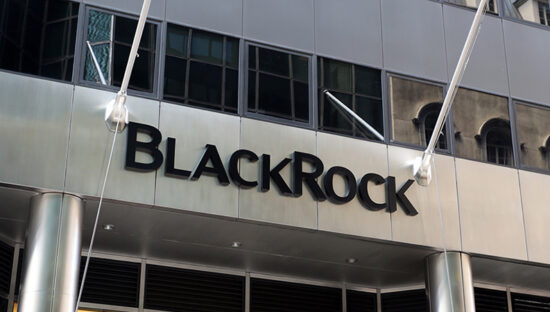The company’s announcement of these new facilities comes 18 months after it established its first Asia office in Hong Kong.
The Singapore office is located in Suntec Tower One on Temasek Boulevard, and is being headed up by John Fairs, an experienced asset and portfolio manager whose most recent role was with Vulpes Asset Management.
In Rio de Janeiro, the office is on Avenida Genaro de Carvalho, in the Recreo district.
Gibbons said it was opening the offices in response to a “growing demand” from wealthy investors in Asia and Brazil who are looking to diversify their investment portfolios.
According to the company, there are estimated 60 million stamp collectors worldwide, more than two-thirds of whom are based in Asia.
£400,000 for a George V
Stanley Gibbons is no stranger to the depth of the pockets of Singapore’s resident philatelists. In 2010, one of the company’s Singaporean customers paid what turned out to be the top price that year for a British stamp. (For the record, it was the King George V 6d “IR” Official, which is currently valued at around £400,000.)
Keith Heddle, group investment director at Stanley Gibbons, said Asian investors currently account for 18% of the value of portfolios under the company’s management.
“Our investor base in Asia is growing fast, as high net worth individuals adopt the asset class and look at alternatives not just to mainstream options, but also to fine wine, art and most recently, gold,” he added.
Heddle was in Singapore this week to host a launch reception for the new office at the British High Commission.
Founded in 1856
Stanley Gibbons was founded in 1856, listed on the London Stock Exchange in 1997, and is a key player in the collectible stamp market. It says it currently has more than £60m under management on behalf of investors, and possesses a £12m “wants list”, comprised of rare items individuals are hoping to land for their collections.
In addition to stamps it also handles rare coins, medals and collectible “signatures”, that is, documents and objects signed by famous people. In addition to opening regional offices, it has also been looking to expand its online retail operation, to rival eBay and similar arenas through which individuals buy and sell stamps and other items.
Last year it posted a pre-tax profit of £5.3m on sales of around £35.6m. Also last year, the company’s stock price rose by 40%.
In a 2011 article for International Adviser, Paul Gambles, managing partner of Bangkok-based MBMG, considered the growth in the market for stamps as an investment, and how Stanley Gibbons had evolved over the years. “As stamps move ever closer to satisfying the essential requirements of investment asset, they should join, if not supplant, antiques, cars, wine and other collectibles as a valuable status asset of choice for extremely high-net-worth clients,” Gambles observed.
However, because stamps “will never trade like equities, bonds or financial assets”, and the market for them lacks transparency and liquidity, he noted, they cannot merit serious consideration in mainstream portfolios.
“At best, the decision to buy stamps is always going to be one of personal preference and taste, rather than of risk-reward metrics or forecast returns on investment.”








